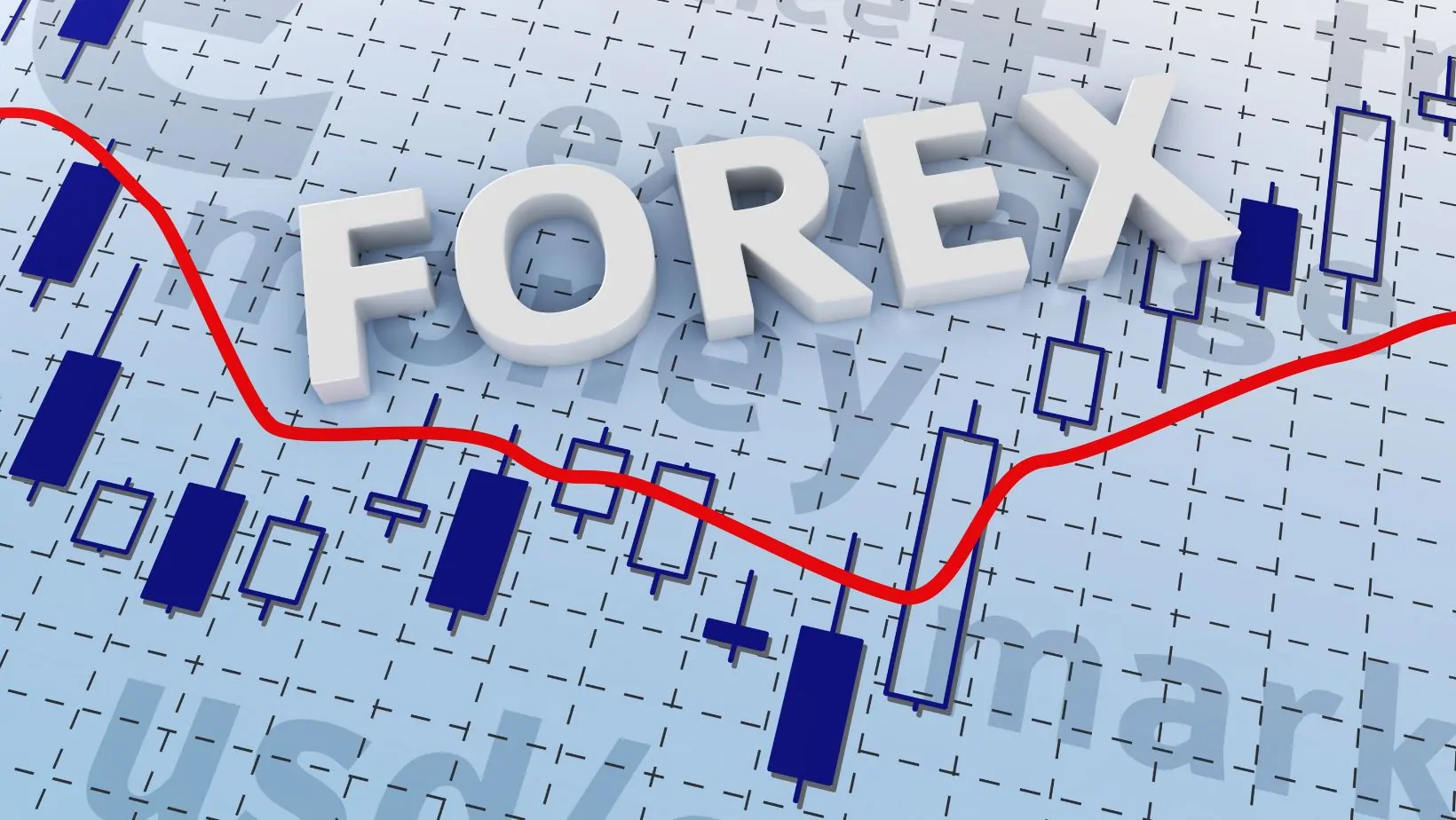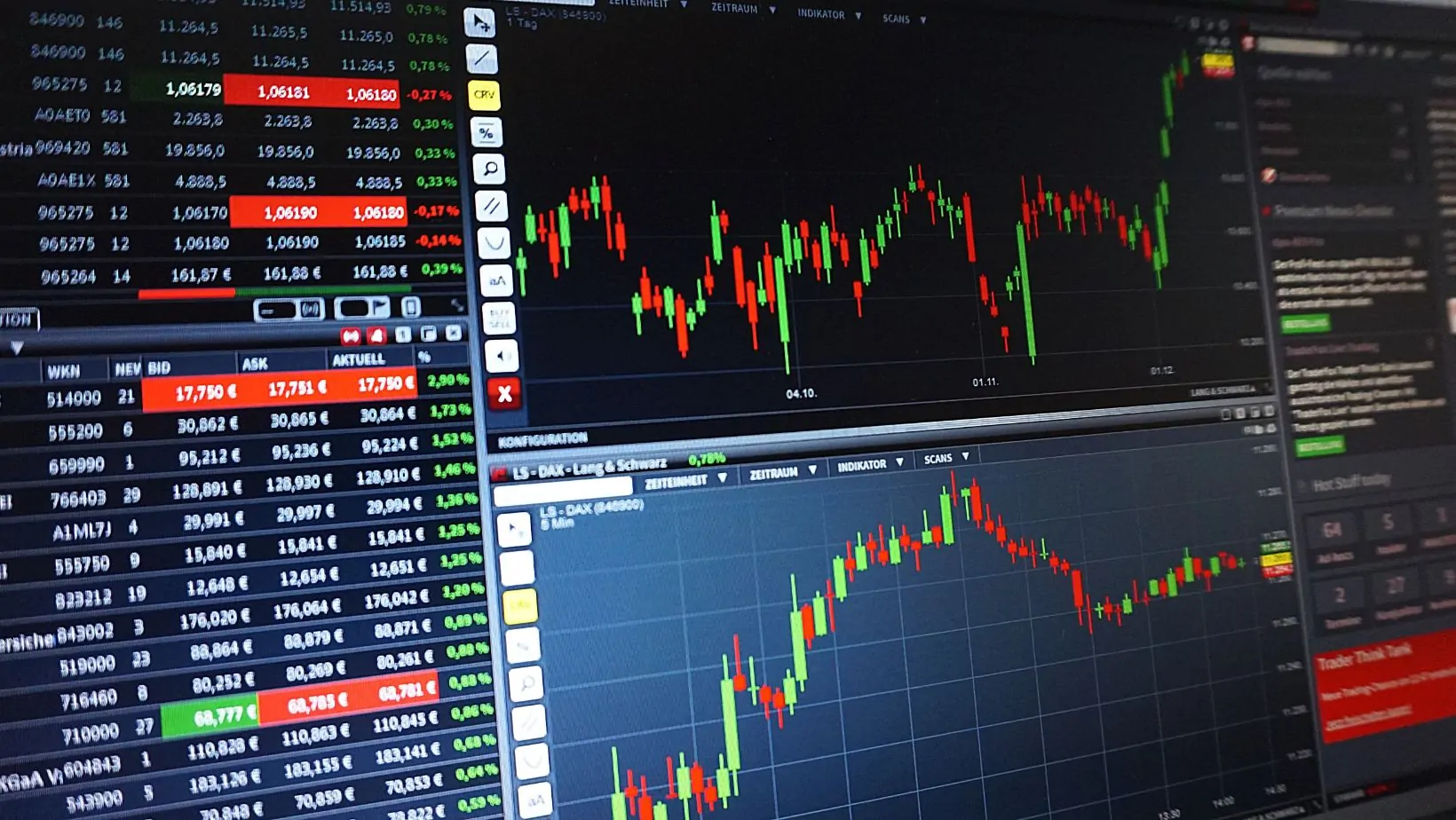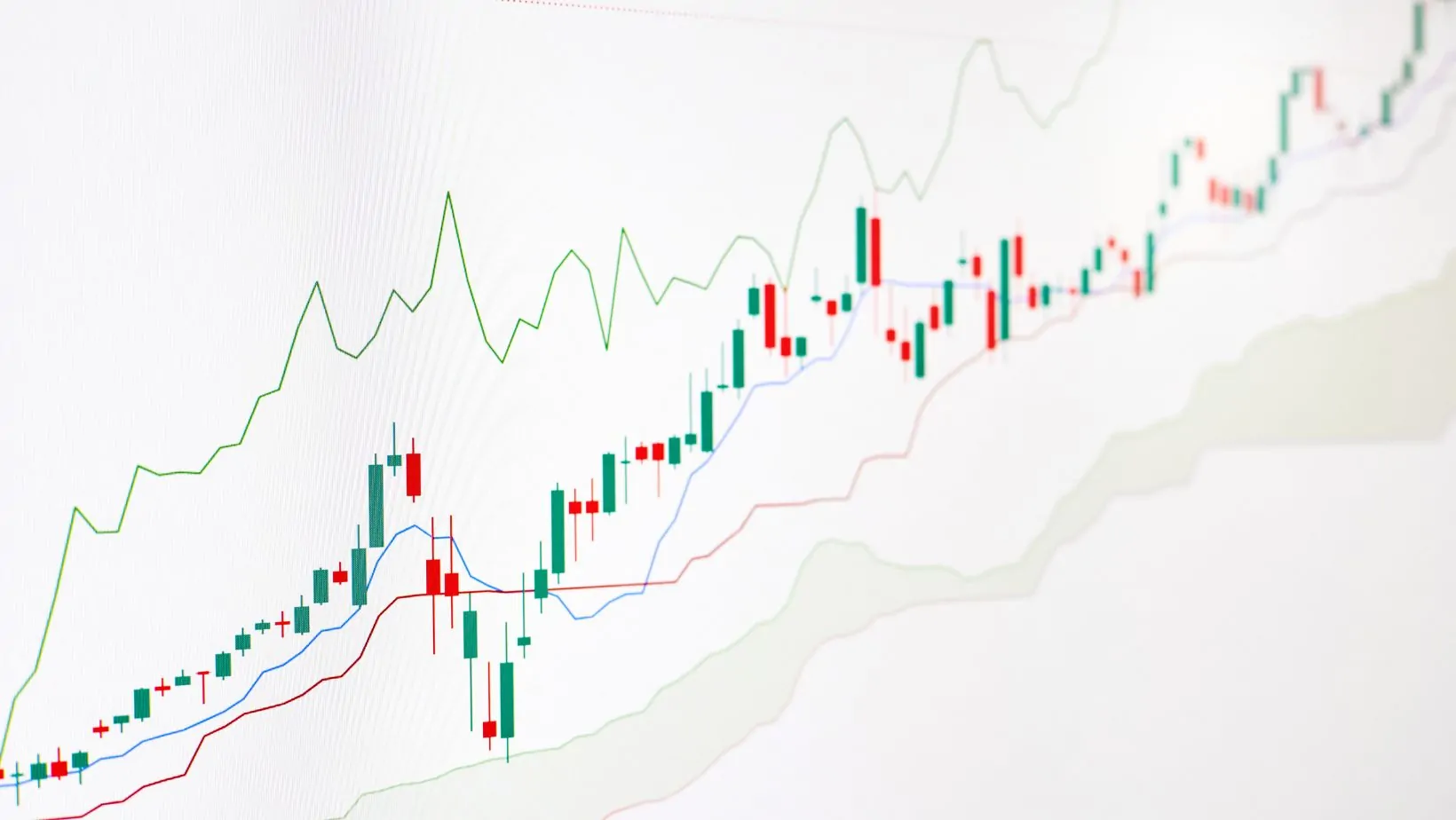
Diving into the world of forex trading can feel like stepping into a labyrinth with no map. But don’t worry, I’m here to guide you through the maze. In this article, we’ll demystify the complex world of forex trading and equip you with strategies for success.
Forex trading isn’t a game of chance; it’s a game of skill and strategy. And like any game, mastering it requires understanding its rules, learning its moves, and practicing until perfect. So, buckle up and get ready to delve deep into the strategies that can turn your forex trading journey from a series of trial and error into a path of steady profits.
Remember, the right strategy doesn’t just help you navigate the forex market; it also helps you predict its twists and turns. Let’s set you on the path to becoming a forex trading maestro, shall we?
Understanding Forex Trading Basics
In this critical segment, I’ll share beginners-friendly insights about Forex trading and the working mechanism of the Forex market.
What Is Forex Trading?
At its simplest, Forex trading involves the buying and selling of different currencies. This form of trading exists on the Forex market, a global decentralized or over-the-counter exchange for the trade of currencies. It’s this arena where forex trading broker operate and where market sentiments decisively influence the value of currencies. Here’s an example: buying the Euro (EUR) while selling the United States Dollar (USD) if you anticipate that the value of the Euro will increase relative to the Dollar.
How Does the Forex Market Work?
The Forex Market operates based on the simultaneous buying of one currency and the selling of another, i.e., they’re always traded in pairs. The value of one currency vis-à-vis the other is contingent on several regional and global factors like economic stability, geopolitical scenarios, and market sentiments. For instance, if economic indicators show that the American economy may experience a downturn, Forex traders might sell their US dollars and buy Euros or any other more promising currency.

Consequently, demand for USD drops, reducing its value against other currencies. The Forex market essentially comprises a constant cycle of such currency exchanges reactions to shifting global environments.
Key Forex Trading Strategies
A thorough understanding of forex trading strategies can serve as the backbone of success in the constantly evolving forex market. Harnessing them effectively allows for intelligent trading decisions, can help predict market trends, and provide a solid foundation for trading. A good forex trading broker also plays a key role in mastering these strategies. Let’s delve into some vital forex trading strategies that bear a significant impact.
Fundamental Analysis
Fundamental analysis offers insight into a currency’s intrinsic value. It involves evaluating economic, social, and political factors that may affect a currency’s supply and demand. Examples include interest rates, unemployment rates, and geopolitical instability. Economic indicators reports serve as historical records, offering detailed information that helps forecast currency price shifts. Recognizing these nuances improves your trading decisions by predicting potential market shifts based on economic release announcements or world affairs.
Technical Analysis
Technical analysis, on the other hand, takes a mathematical approach; it uses chart patterns and technical indicators to predict future price movements. It’s based on the assumption that historical price movements tend to repeat themselves.

For instance, remember the saying, “history repeats itself.” In forex trading, charts can serve as a representation of this phrase. By studying and understanding past market patterns and behaviors, I may predict future movements and react accordingly. Nowadays, one can also use forex trading robot to analyze the data and make educated decisions based on that.
Sentiment Analysis
Lastly, sentiment analysis takes into account the overall ‘mood’ or ‘feel’ of the market. It considers market sentiment, the general opinion or feeling of investors about the market. In simple terms, it’s like sensing the pulse of the market. For example, if most traders are bullish, expecting the value of a particular currency to rise, that’s an indicator. It provides the ‘big picture’ of market trends and helps gauge trader sentiment. Understanding whether the market sentiment is bullish (buying) or bearish (selling) allows me to strategize my trades more effectively.















